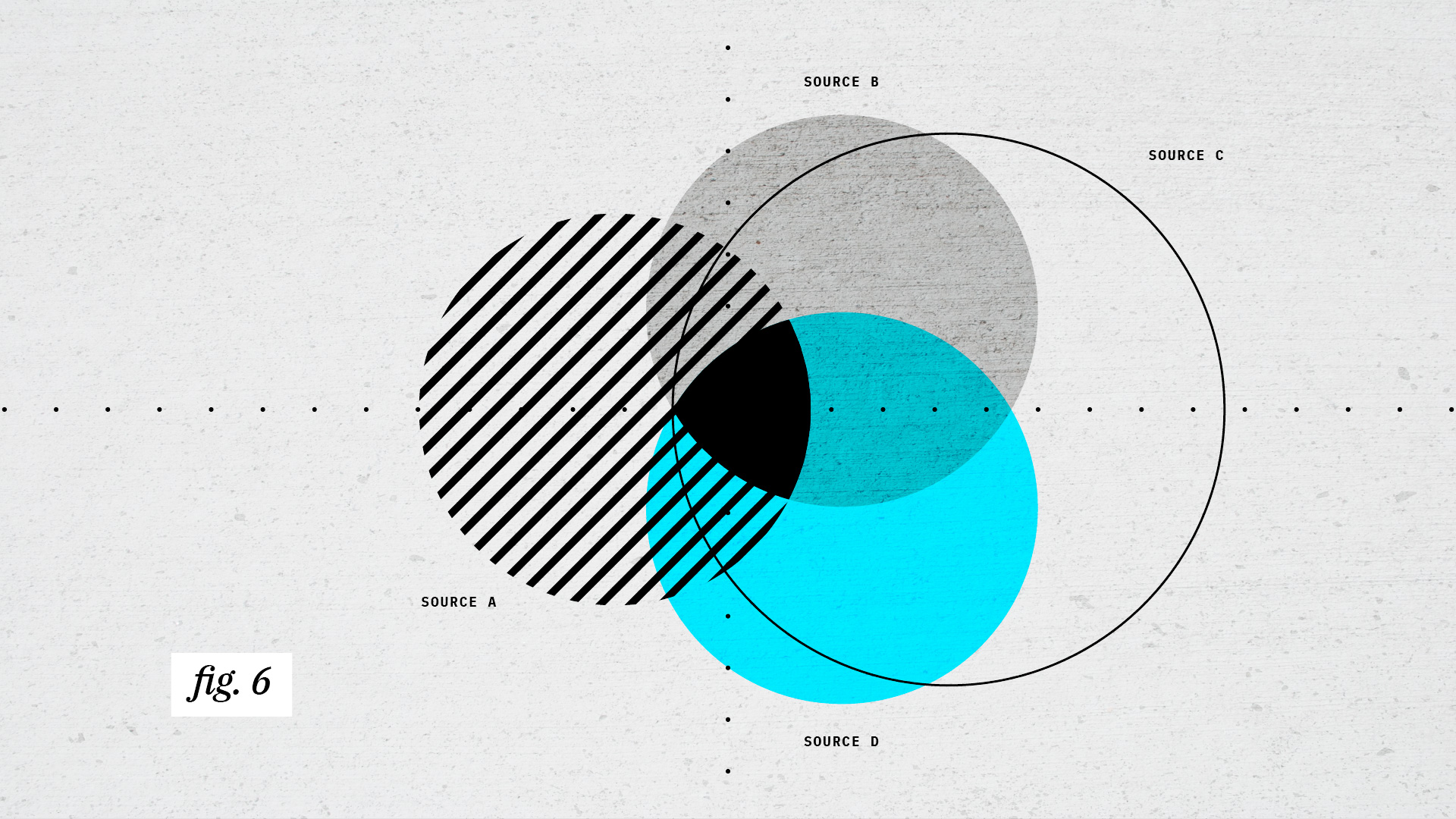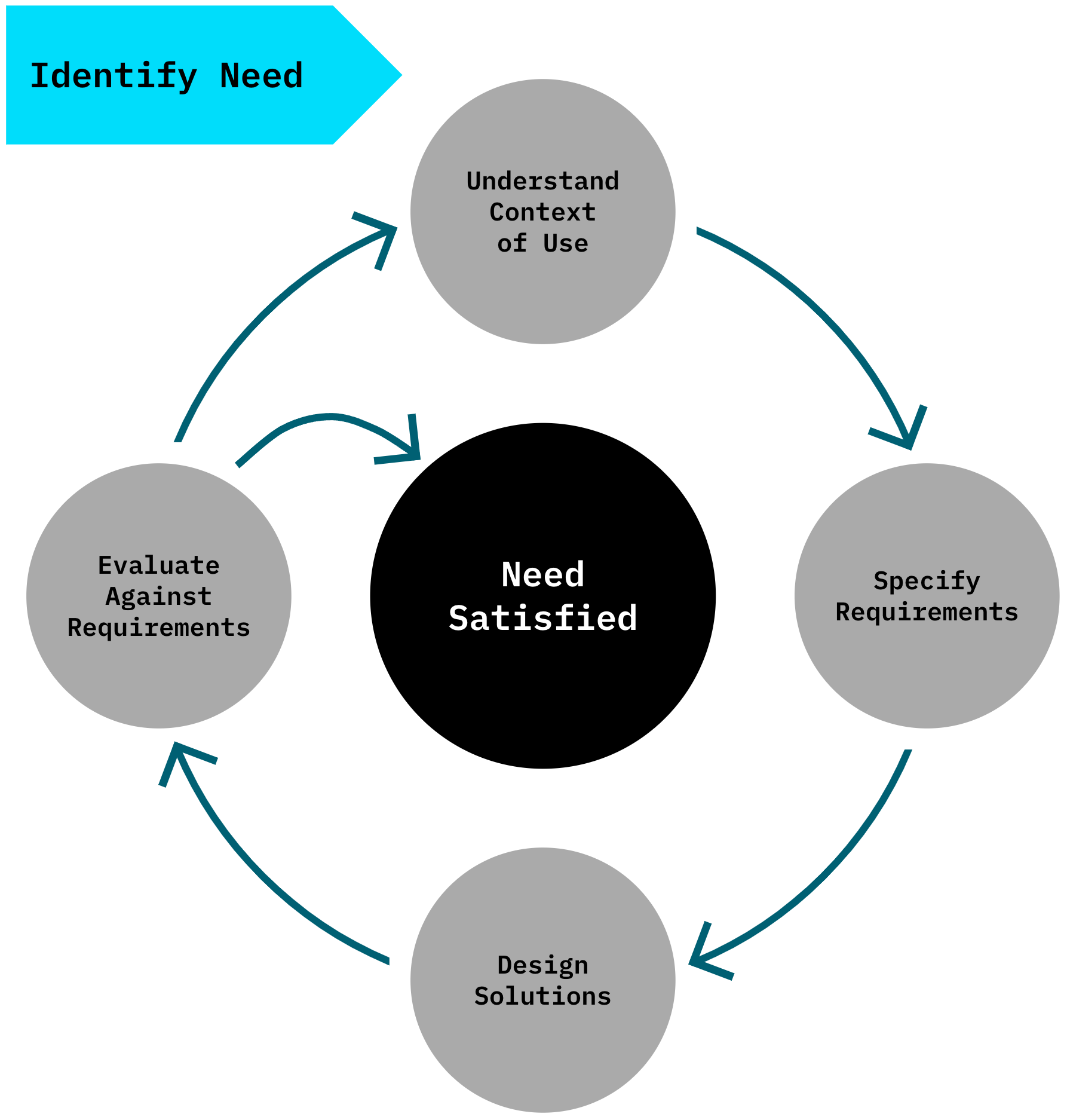The need to focus on users' needs, as consumers and not just patients, is a pressing issue in the healthcare industry. While aha! strongly believes that technology can enable better experiences and lives, it alone cannot solve problems simply by being installed and turned on. Healthcare has evolved to become more competitive and cost conscious while, simultaneously, understanding how consumers evaluate and make their healthcare choices has become mission critical. Learning how to design and validate healthcare solutions needs to start with users by incorporating User Centered Design (UCD) practices.
A User Centered Design Primer
UCD is a well established concept and there is no shortage of resources about it online or in books. Don Norman is credited as the godfather of UCD and his work began as early as the 1980s on command line terminals, and how to make them more user centric. These bedrock UCD practices have been applied from command line experience to ecommerce experience and even to NASA control surfaces and software systems and the emerging augmented reality and virtual reality metaverse experiences. Of course, that's a topic for another post.
The most important thing to understand about UCD is that it is not a single specific task, test, or activity. Rather, it is a suite of activities and tactics that steer product and business teams to focus on the needs of their users, or consumers. Let's start to break it down a bit. A commonly used definition of UCD comes from the Interaction Design Foundation:
"User-centered design (UCD) is an iterative design process in which designers focus on the users and their needs in each phase of the design process. In UCD, design teams involve users throughout the design process via a variety of research and design techniques, to create highly usable and accessible products for them."
Similarly, there is no shortage of illustrations and infographics demonstrating the UCD interactive process. The aha! version looks something like this:
UCD in Action
The breadth of UCD activities and tools is extensive and some may even be familiar to you. For example, surveys and focus groups are readily understood tactics for understanding user need and perception. However, the list is far larger and, perhaps, not quite as familiar. Other tools such as workshops or brainstorming and ideation sessions can be used to identify unmet needs or entirely new solutions to identified problems. Possible UCD tactics and strategies can fill books, and they do. Regardless of the settled upon tactic, the key is putting the user first and continually coming back to them to validate and iterate on a solution to ensure it solves the initially identified problem.
Tell me if you've heard this one before:
Leadership of some sort has an idea for what patients need. Perhaps it's a new mobile app or even a telemedicine experience. They know it is needed because of their experiences with patients in a practice or based on their years of experience in healthcare. The project gets spun up, money invested, resources used, and the idea becomes a thing. And no one uses it or, worse, it further harms the experience and perception of the brand.
Now, the initial idea or identified need was valid, maybe even spot on. What went wrong in the execution. UCD isn't just about doing whatever users say they want, but about validating at every step of the process to make sure the needs and the solution to those needs are genuine and being solved for, without deluding ourselves that the solution is already obvious.
Unique UCD Healthcare Opportunities
While every industry can benefit from UCD, healthcare has some unique opportunities to apply UCD.
Healthcare Data & Processes
Healthcare systems are often an amalgamation of merged and acquired hospitals and systems that are, in turn, amalgamations of different service lines and specialties. More often than not, the original operational procedures, data structures, and legacy systems remain in use. This is usually because it is so ingrained in the culture and data systems that to change is an upheaval.
For the consumer, this collection of different systems and procedures means every healthcare experience they have is different and must be managed separately. While everyone involved might agree that there must be a better way to manage things, fixing it can seem an insurmountable task and so is never touched. However, by starting small with UCD practices, healthcare systems can identify the most important challenges, how they impact each other, and then begin the process of ideating to fix those holistic problems. Instead of a small patch job or even making it worse. UCD allows you to see the forest for the trees to make a lasting fix.
Healthcare Provider & Insurance Driven Experience
The business of healthcare has historically been driven by what services the healthcare providers can deliver and how insurers gauge the cost and payment structure for those services. This traditional model could often leave the consumer out of the discussion when it comes to how experiences are crafted, what services are rendered, and how they are marketed to consumers. Changing consumer expectations of healthcare, driven in part by an increased retail-centric mindset, are challenging this model.
This is an excellent opportunity to apply UCD practices to not only evaluate and identify opportunities for improvement in existing flows but also to identify opportunities that no one had even considered.
The Shift to Virtual and "Retail" Care
Understanding how to handle traditional healthcare experiences is a wonderful application of UCD but healthcare is continually evolving. Even prior to the pandemic, the proliferation of local storefront urgent care locations was a growing trend. There are a variety of reasons for this, from geographic ease of care access to expanded hours to cost competition for services.
Similarly, as a result of the pandemic, telehealth has exploded as a means of care delivery. While the initial surge in 2020 has tapered off, virtual care has been introduced as an option that is here to stay.
Whether it's retail care or telehealth, these new models of engaging with consumers are new to healthcare systems as well. Moreover, consumers have grown accustomed to these models in the context of retail shopping and services. In short, Amazon and Best Buy have trained users on what they should expect and now healthcare has to deliver experiences based on those consumer expectations. Nevermind the justifiable constraints of regulatory oversight, such as HIPAA, that healthcare needs to adhere to, consumers want the services they want. UCD provides a proven process to discover how to bridge the gap between those expectations and healthcare constraints.
The Path Forward
aha! is a strong proponent of UCD, obviously. Ensuring that healthcare systems, and our clients, understand how we do our work and why it is valuable is essential to delivering modern health experiences. In addition, we at aha! see consumer patterns and preferences emerging that help us refine the experiences we design and deliver. In fact, we know that those patterns can be turned into repeatable patterns that we can iterate on and optimize with users to serve our clients holistically. UCD is an integral part of that understanding to deliver truly modern health experiences that benefit everyone.



